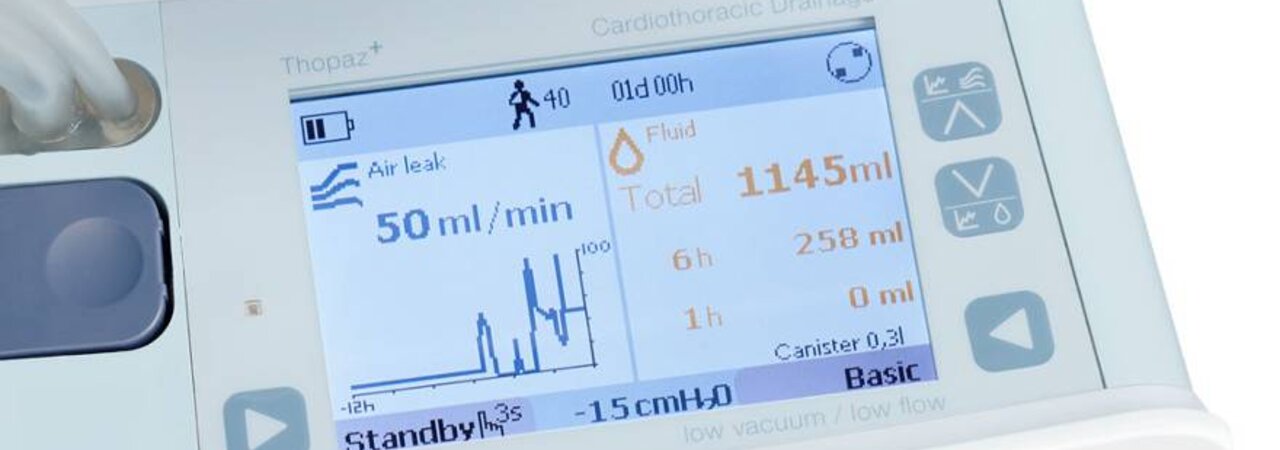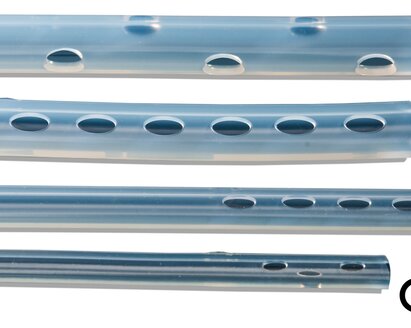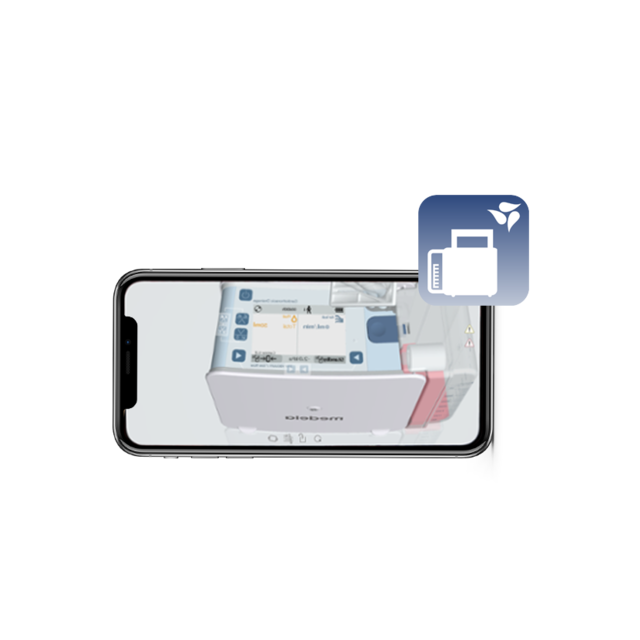1 Pompili C, Detterbeck F, Papagiannopoulos K, et al. Multicenter International Randomized Comparison of Objective and Subjective Outcomes Between Electronic and Traditional Chest Drainage Systems. Ann Thorac Surg 2014;98(2):490–7.
2 Miller DL, Helms GA, Mayfield WR. Digital Drainage System Reduces Hospitalization After Video-Assisted Thoracoscopic Surgery Lung Resection. Ann Thorac Surg 2016;102(3):955–61.
3 French DG, Plourde M, Henteleff H, et al. Optimal Management of Postoperative Parenchymal Air Leaks. J Thorac Dis 2018;10(32):3789–98.
4 Pompili C, Brunelli A, Salati M, et al. Impact of the learning curve in the use of a novel electronic chest drainage system after pulmonary lobectomy: a case-matched analysis on the duration of chest tube usage. Interact Cardiovasc Thorac Surg 2011;13(5):490–3.
5 Jablonski S, Brocki M, Wawrzycki M, et al. Efficacy assessment of the drainage with permanent airflow measurement in the treatment of pneumothorax with air leak. Thorac Cardiovasc Surg 2014;62(6):509–15.
6 Mier JM, Molins L, Fibla JJ. The benefits of digital air leak assessment after pulmonary resection: prospective and comparative study. Cir Esp 2010;87(6):385–9.
7 Lijkendijk M, Licht PB, Neckelmann K. Digital versus analogue chest tube drainage following lobectomy: a randomized trial. Interact Cardiovasc Thorac Surg 2014;19 (Supplement 1):31.
8 Varela G, Jiménez MF, Novoa NM, et al. Postoperative chest tube management: measuring air leak using an electronic device decreases variability in the clinical practice. Eur J Cardiothorac Surg 2009;35(1):28–31.












